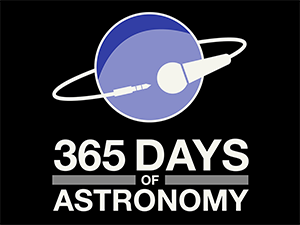
Aurorae on Mars Understood with Physics
Over 200 ‘discrete’ aurorae have been observed in Mars’ southern hemisphere by NASA’s MAVEN spacecraft and are caused by local magnetic fields.
ESA’s Solar Orbiter Stuns with Latest Views of the Sun
On March 26, 2022, ESA’s Solar Orbiter made its closest approach to the Sun, capturing stunning new high-resolution views of the south pole.

Satellites Track the Earth’s Eruptions
Using synthetic aperture radar data from satellites, researchers have measured and tracked the lava lake levels at the peak of Nyiragongo.

Boeing Starliner Finally Makes it to ISS
Boeing successfully sent their CST-100 Starliner to the ISS and back as part of their Orbital Flight Test 2, or OFT-2, mission.

What’s Up: Possible Meteor Outburst on May 31
On May 30-31, a possible outburst of the tau Herculids meteor shower, caused by debris and dust from Comet 79P/SW3, may occur overnight.

JWST Gears Up for Science
JWST has used an asteroid to make sure the telescope could track solar system objects, which it will now include in its first test science.

Maths of Early Universe Also Work for Meteorology
New research uses spherical harmonics, used to describe temperature variations in the early universe, to examine global temperature increases and local variations on Earth.

NASA Awards JHUAPL Grant to Design Solar Sail
Johns Hopkins Applied Physics Laboratory received a $2 million NAIC grant from NASA to develop a diffractive solar sail spacecraft.

Transporter-5 Carried Two NASA Missions
NASA sends the Pathfinder Technology Demonstrator 3 (PTD-3) as well as the CubeSat Proximity Operations Demonstration up on Transporter-5.

SpaceX Launches Transporter-5 Rideshare
On May 25, a SpaceX Falcon 9 launched the Transporter-5 mission with 59 smallsat, rideshare spacecraft onboard.






